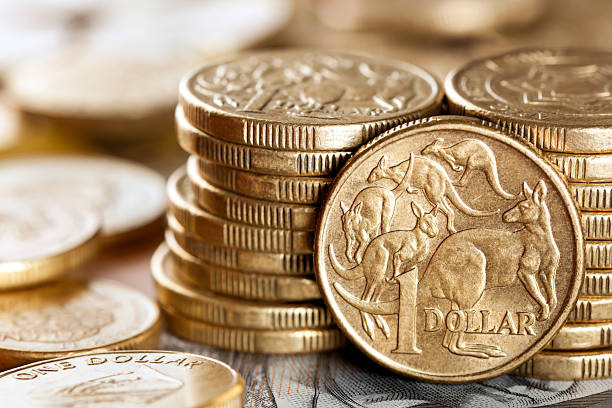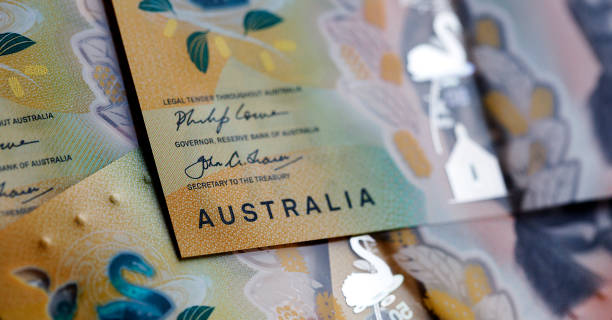The Australian dollar recouped initial losses against the US dollar after data released showed Australian price pressures remain stubbornly high, keeping alive the possibility of further tightening by the Reserve Bank of Australia. Australia’s CPI rose to 7% on-year in the January-March quarter, Vs 6.9% expected from 7.8% in the previous quarter, and well above the central bank’s target band of 2%-3%. CPI rose 1.4% on-quarter Vs 1.3% expected, down from 1.9% in the previous quarter. Trimmed mean slowed to 1.2% on-quarter from 1.4% expected Vs 1.7% previously. The slow cooldown in inflation toward RBA’s target implies it may be too early to call an end to the tightening cycle. The market is now pricing in the RBA Cash Rate at 3.81% by August (Vs 3.6% now), up from 3.72% just before the CPI data. Australia inflation and the Economic Surprise IndexRBA left interest rates unchanged at its meeting earlier this month saying it wanted additional time to assess the spillover of previous rate hikes on the broader economy but left the door open for additional tightening. “It was important to be clear that monetary policy may need to be tightened at subsequent meetings”, said the minutes of the RBA April 4 meeting. The minutes showed board members considered the case for another 25-basis point increase as inflation “remained too high and the labour market was very tight”. The board also considered the faster-than-expected pickup in population growth and wage growth before opting to pause the rate hikes.

AUD/USD 5-Minute Chart Australian Macro Data Has Underwhelmed.
in recent weeks, as the Economic Surprise Index shows. The job market has been tight with the unemployment rate hovering around five-decade lows, but signs of moderation in the labor market are emerging. Developments abroad (including recession risks in the US and credit market tightening as a result of the stress in the banking sector) raise the downside risk to the outlook. AUD/USD Daily Chart On the positive side, China’s macro data have beaten expectations in recent weeks, prompting analysts to upgrade the outlook on the world’s second-largest economy for 2023. Given that China is Australia’s biggest export market, any improvement in China’s growth outlook could boost Australia’s growth prospects. In sum, unless risk appetite shrinks, from a macro perspective, things appear to be evenly balanced for AUD/USD for now. On technical charts, AUD/USD has settled in a narrow range recently, with the downside marked at the March low of 0.6550, while the topside is capped under a tough ceiling around the 89-day moving average, roughly coinciding with the early-April high of 0.6795. On the downside, immediate support is at 0.6625. AUD/USD needs to cross the upper edge of the range for the outlook to turn constructive.

